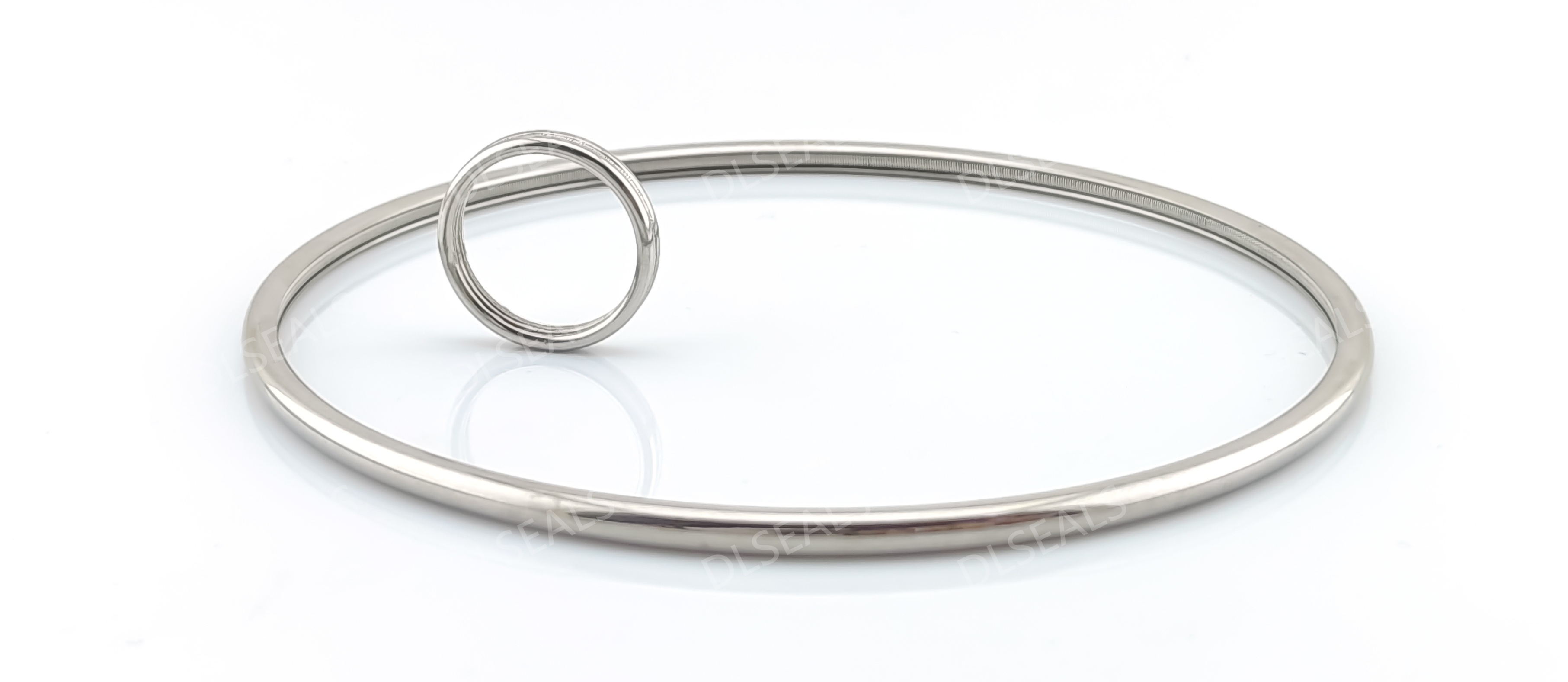
Under high temperature and high pressure conditions, the performance of metal sealing rings is greatly challenged. In order to ensure reliable sealing under these extreme conditions, it is necessary to conduct in-depth discussions on the material selection, design optimization and application analysis of metal sealing rings. The following is an analysis of key technologies in this field:
1. Material selection
High temperature resistant materials:
Stainless steel: such as 316L and 321 stainless steel, they have good high temperature resistance and corrosion resistance.
High temperature alloys: such as Inconel 625 and Hastelloy X, these materials maintain high strength and creep resistance at high temperatures.
High pressure resistant materials:
High strength alloys: such as high carbon steel and boron steel, they have excellent mechanical properties under high pressure environments.
Deformed alloys: such as Monel and Incoloy, have excellent high pressure performance and wet corrosion resistance.
Comprehensive performance:
Surface treatment: Through nickel plating, hard chrome electroplating and plasma spraying and other technologies, the wear resistance and sealing performance of metal sealing rings under high temperature and high pressure environments are improved.
2. Design optimization
Sealing structure design:
Cross-section design: By optimizing the cross-section shape (such as O-type, X-type, and U-type), the stress distribution of the sealing ring under high temperature and high pressure is improved and the sealing effect is guaranteed.
Geometric optimization: Optimize the geometric parameters of the sealing ring through finite element analysis (FEA) to reduce stress concentration and extend the service life.
Thermal expansion compensation design:
Thermal expansion coefficient matching: Select materials with thermal expansion coefficients similar to those of the sealing surface matching materials to reduce sealing failure caused by thermal expansion mismatch.
Expansion groove design: Add expandable grooves in the sealing ring structure to adapt to certain thermal expansion and ensure the sealing effect.
3. Performance test
High temperature and high pressure experimental device:
Simulation test: In a laboratory environment, a high temperature and high pressure simulation device (such as an autoclave and a high temperature furnace) is used to test the sealing ring and evaluate its performance.
Performance indicators: Determine the sealing performance (such as minimum leakage rate, maximum pressure resistance), mechanical strength and temperature resistance limit of the metal sealing ring under high temperature and high pressure conditions.
Long-term performance evaluation:
Aging test: Through accelerated aging tests (such as high temperature and high pressure aging, thermal cycle test), the performance changes of the sealing ring in long-term use are evaluated.
Creep and fatigue analysis: Study the creep behavior and fatigue life of metal sealing rings under high temperature and high pressure, using creep test and fatigue test (such as tensile fatigue, rotational fatigue).
4. Application analysis
Aerospace field:
Rocket engine: In rocket engines, metal sealing rings need to work under extremely high temperature and pressure, and high temperature alloys and special heat-resistant materials need to be selected.
Turbine: The sealing system in the turbine has extremely high requirements for the high temperature and high pressure resistance of the metal sealing ring, and strict material selection and design optimization must be carried out.
Chemical and petroleum industry:
High-pressure reactor: The high-pressure reactor in the chemical process has strict requirements on the pressure resistance and corrosion resistance of the sealing ring, and special surface treatment and geometric optimization are required.
Oil drilling: The metal sealing rings in oil drilling equipment need to work under high temperature, high pressure and corrosive environment, and must undergo strict performance testing and material verification.
Nuclear energy industry:
Nuclear reactor: The coolant system and pressure vessel in the nuclear reactor have special requirements for the sealing performance and radiation resistance of the metal sealing ring, and special alloys resistant to high temperature and high pressure are required.
Conclusion
Under high temperature and high pressure conditions, the performance analysis of metal sealing rings involves multidisciplinary and multi-field technical integration, including material science, structural design, performance testing and application analysis. Through scientific and reasonable material selection, design optimization, performance testing and practical application verification, the reliable sealing of metal sealing rings under extreme working conditions can be ensured, providing strong technical support for key fields such as aerospace, petrochemicals, and nuclear energy.
Post time: Nov-04-2024
